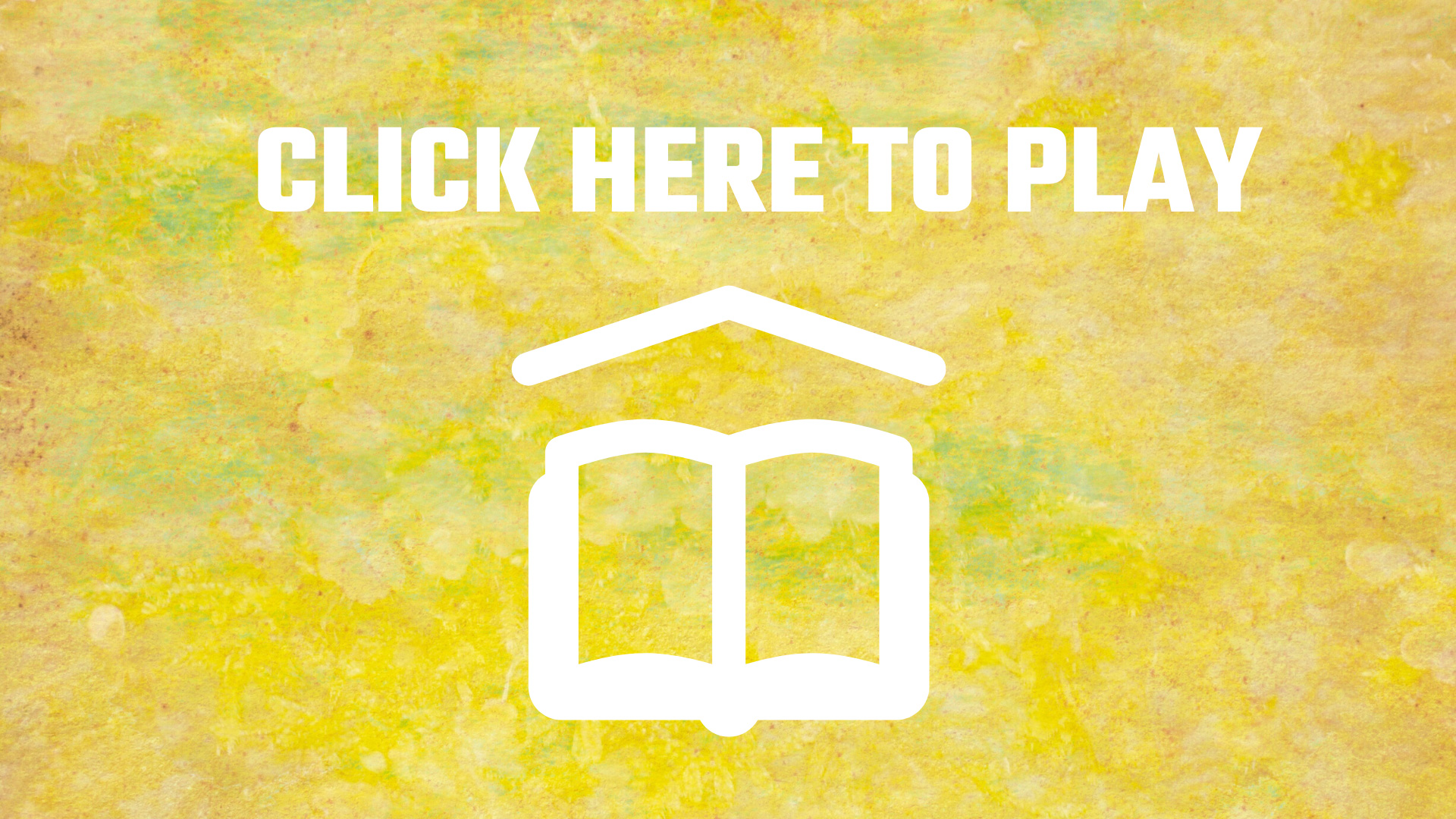The Third Place
Danica Raz
Art games, 2020, variable durations
The Third Place by Danica Raz is an art game series that reflects not only society’s standards, but also the artist’s standards for herself. Raz's games mirror societal expectations and their ludicrous definition of success. The artwork is a three-part game series that challenges the player to play a perfect game every time. The tasks and goals differ, but they all convey the same message: mastering a skill takes hard work and dedication. And because of the various constraints and obstacles, the goal of playing a perfect game is far-fetched. Moreover, the ability to follow the specific set of steps becomes a defining factor for optimal game play. The stress and anxiety from desiring to play a game perfectly can cause an unhealthy mental state. Once the player realizes that achieving perfection is more of a desire than a necessity, they are able to relieve the pressure they put on themselves, and instead look towards working hard and developing their skill.
In sociology, "the third place" refers to a welcoming space of creative expression, connection, and growth that is normally separate from the usual home ("the first place") and work environment ("the second place"), both of which are either socially isolating or pressure-filled. The third place can be any location where one finds freedom and tranquility, which is essentially the theme for the final game in the series. Raz’s artwork is a hands-on virtual experience that demonstrates the difficulties of implementing bad habits and setting impossible standards for oneself; and in the process, learning little by little, how and why they need to escape.


